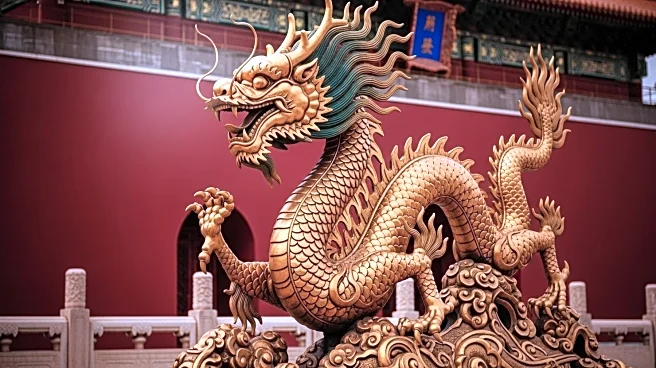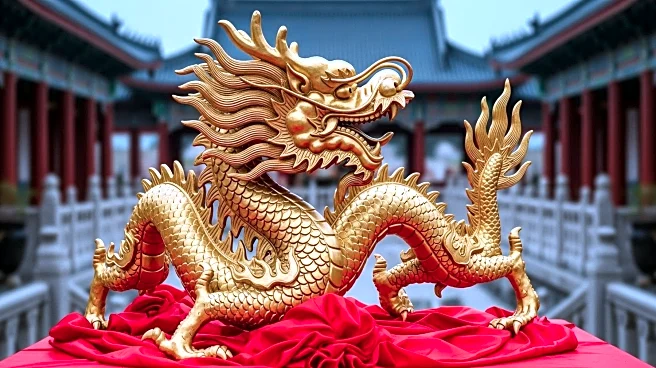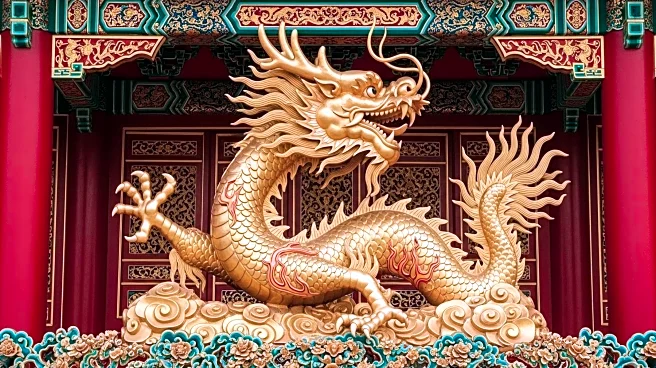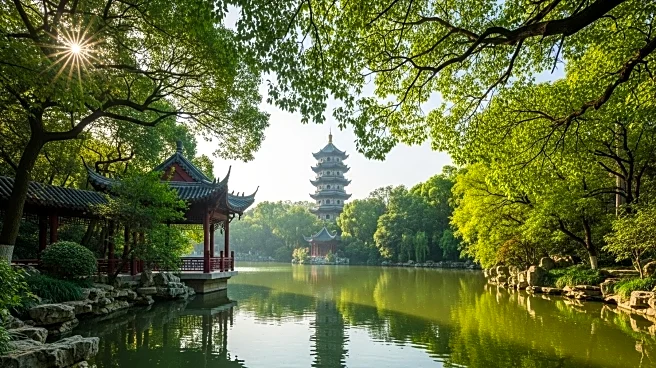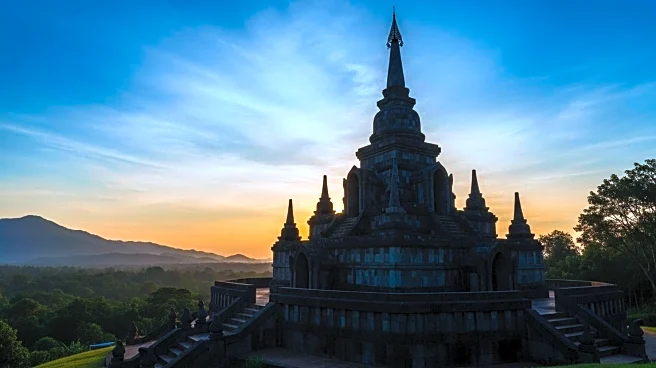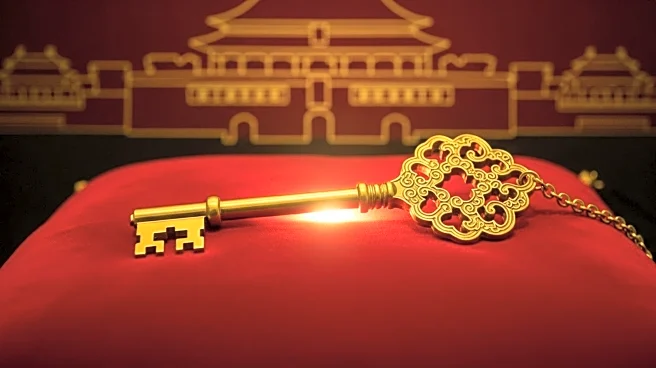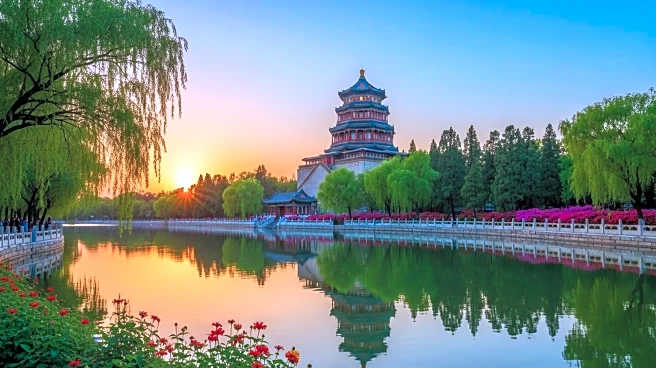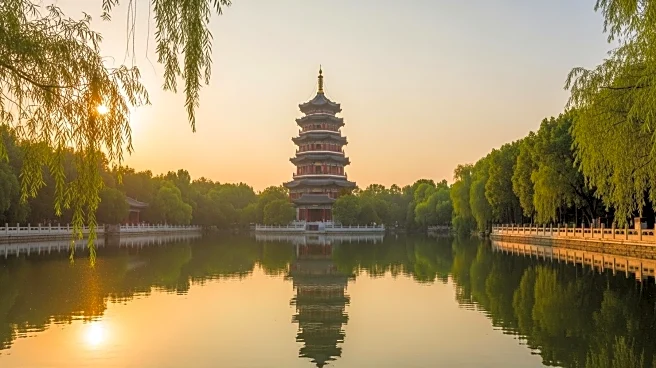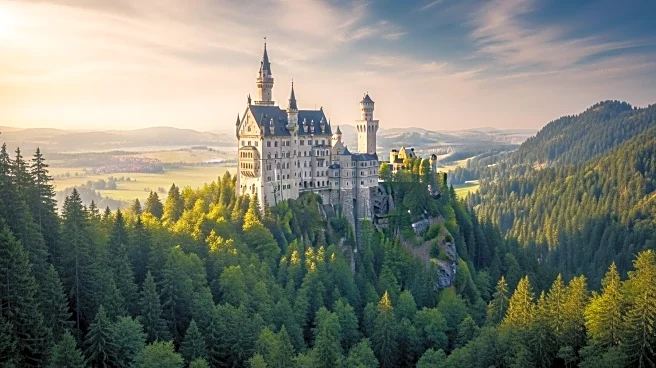The Forbidden City, located in the heart of Beijing, China, stands as a testament to the grandeur and power of the Ming and Qing dynasties. Serving as the imperial residence for over 500 years, this sprawling palace complex is now a UNESCO World Heritage Site, attracting millions of visitors annually. Its architectural magnificence and historical significance continue to captivate scholars and tourists alike.
Scope of Legacy
The Forbidden City is renowned for its vast scale and intricate design, embodying the pinnacle of Chinese palatial architecture. It served as the political and ceremonial center of China, housing 24 emperors from the Ming and Qing dynasties. The complex's layout and design reflect the imperial code of ethics, with its courtyards and halls symbolizing the hierarchical nature of the Chinese court.
Pivotal Contributions
The Forbidden City contributed significantly to the development of Chinese architecture and culture. Its construction marked a turning point in the architectural style of the era, influencing subsequent palatial designs across East Asia. The site also played a crucial role in the political history of China, being the epicenter of imperial power and decision-making for centuries.
Enduring Influence
Today, the Forbidden City continues to influence cultural and architectural studies worldwide. As a museum, it houses an extensive collection of art and artifacts, offering insights into the rich history of the Chinese empire. Its preservation as a World Heritage Site ensures that future generations can appreciate its historical and cultural significance.
U.S. Relevance
For U.S. audiences, the Forbidden City represents a window into the complexities of Chinese history and culture. Its preservation and continued study offer valuable lessons in heritage conservation and the importance of understanding global historical narratives. The site serves as a reminder of the interconnectedness of world cultures and the shared responsibility in preserving historical landmarks.
 Discover Daily • 8 min read
Discover Daily • 8 min read 